Imagine booking your dream vacation, flights confirmed, itinerary set, bags packed, only to find out your passport no longer guarantees you easy access to your destination. You thought the U.S. passport was one of the strongest in the world, right? Not anymore.
In a surprising twist in 2025, the U.S. passport has officially dropped out of the top 10 most powerful passports in the world. Once a symbol of unmatched global access, it’s now tied with Malaysia, ranking 12th in the latest Henley Passport Index.
If you’ve ever searched “most powerful passports 2025” or “visa-free countries for U.S. passport,” this change might hit close to home. But don’t worry, this blog post will explain why this shift matters, how it affects you, and what you can do to travel smartly despite the changes.
Let’s dive in.
What Is a “Powerful Passport” and Why Should You Care?
A powerful passport gives you visa-free or visa-on-arrival access to a large number of countries. This means less paperwork, fewer travel restrictions, and more freedom to explore the world on your own terms.
Each year, the Henley Passport Index ranks countries based on how many destinations their passport holders can enter without a visa. As of 2025:
📌 Read More
- Singapore leads with access to 193 destinations
- Japan, South Korea, and several EU countries follow closely
- The United States, once a top contender, now only offers access to 180 countries visa-free or visa-on-arrival — just enough to tie with Malaysia
That drop might not seem huge, but in the world of international travel, every visa counts.
Why Did the U.S. Passport Drop in the Rankings?
Here are a few key reasons:
1. Lack of Reciprocity
Several countries have revoked visa-free access for Americans because the U.S. doesn’t offer the same in return. Brazil, for instance, reinstated visa requirements for U.S. citizens in 2023 after years of free access.
2. Tightening of U.S. Immigration Policies
Countries may adjust their visa policies in response to strict immigration or border control measures from other nations. The U.S. has become more selective in recent years, prompting reciprocal actions.
3. Diplomatic Shifts
Emerging powers are negotiating better visa agreements with more countries. While the U.S. is left out of some of these deals, nations like Singapore and Japan continue to climb the rankings.
4. Global Rebalancing of Power
A passport’s power is no longer just about political influence. It’s about mobility, diplomacy, and mutual trust. The world is changing fast and so is your travel freedom.
What This Means for You: Everyday Travelers, Students, Nomads
You may not think rankings matter until you face real-world consequences:
- Extra visa applications before trips
- Higher travel costs due to processing fees
- More travel delays or denied entries
- Less flexibility for spontaneous travel
If you’re a student planning to study abroad, a digital nomad chasing remote work opportunities, or a vacationer hopping across continents, your passport strength affects your life directly.
That’s why more people are Googling terms like:
📰 Similar Posts
- “How to travel visa-free”
- “Which passports offer greatest mobility”
- “Dual citizenship benefits”
- “How to get second passport fast”
Let’s explore how you can stay ahead and keep your travel dreams alive.
How to Travel Smarter With a “Less Powerful” Passport
Just because your passport slipped in the rankings doesn’t mean your travel lifestyle has to suffer. Here are 10 smart strategies to stay mobile, flexible, and unstoppable.
1. Check Visa Requirements Early
Always research visa policies for your destination ahead of time. Use trusted sites like:
- Henley Passport Index
- IATA Travel Centre
- Embassy or consulate websites
Even countries that previously offered visa-free entry may change policies overnight.
2. Use Your Second Passport (If You Have One)
Many people qualify for dual citizenship through ancestry, birth, or marriage. Having a second passport can open up more visa-free destinations.
Searches for “dual citizenship benefits” and “how to get second passport fast” are soaring and for good reason.
3. Apply for eVisas and Visa-on-Arrival
Many countries now offer eVisa or visa-on-arrival options to simplify travel. These are especially useful for destinations in:
- Southeast Asia
- Eastern Europe
- Africa
- Latin America
Check each country’s official site before you travel.
4. Explore Visa-Free Alternatives
Want to skip the hassle altogether? Choose from visa-free countries for U.S. passport holders, such as:
- Japan
- South Korea
- Peru
- Morocco
- Georgia
- Albania
These destinations offer great value and fewer headaches.
5. Consider Citizenship-by-Investment Programs
If you’ve got the means, you can obtain a passport from countries offering citizenship-by-investment, such as:
- St. Kitts and Nevis
- Dominica
- Portugal (through Golden Visa)
These programs are often fast-tracked and can increase your global mobility instantly.
6. Apply for a Digital Nomad Visa
If you’re a remote worker, dozens of countries now offer remote work visas. Popular digital nomad destinations include:
- Portugal
- Estonia
- Croatia
- Barbados
These programs typically provide 1–2 years of legal residency, often with visa-free Schengen travel included.
7. Track Passport Trends
Stay informed by following updates on:
- “Most powerful passports 2025”
- “Passport strength comparison”
- “Top passports for travel freedom”
This helps you anticipate visa rule changes and make informed travel decisions.
8. Travel Off-Peak
Applying for visas or traveling during low season often means shorter wait times and fewer complications at borders.
9. Keep Your Documents Ready
When traveling with a less powerful passport, carry:
- Proof of onward travel
- Hotel confirmations
- Travel insurance
- e-Visa approval letters (printed and digital)
This can help smooth your entry, especially in countries with tight security.
10. Partner with a Travel Advisor
If you’re overwhelmed by the changing rules, let a professional help. Travel advisors can offer:
- Fast-track visa services
- Up-to-date entry requirements
- Passport optimization plans
Real Story: How This Affects Travelers
Take “Liam,” a remote worker from California. He planned a spontaneous trip to Brazil in 2024, only to find that visa-free entry was no longer valid for U.S. citizens. The new visa process delayed his plans by weeks.
Now, he:
- Travels primarily to eVisa and visa-on-arrival destinations
- Got dual citizenship through his Irish grandparents
- Monitors passport rankings quarterly
Liam learned the hard way but you don’t have to.
Unlock Travel Freedom in a Changing World
We’re living in a time where global mobility is no longer guaranteed even with a once-mighty passport. But with the right tools, knowledge, and strategies, you can still enjoy seamless, exciting, and liberating adventures.
Your next move?
- Check your visa requirements now
- Explore dual citizenship or second passport options
- Consider digital nomad visas or long-stay residency programs
- Use smart destinations with easy entry
- Subscribe for passport updates and travel hacks
Act fast, some programs and visa-free agreements change frequently. What’s available today might disappear tomorrow. Need personalized help planning your visa strategy, dual citizenship journey, or travel itinerary?
Contact us for further enquiries — we’ll help you secure your spot, grab your copy of our visa-free country list, and fast-track your next adventure.
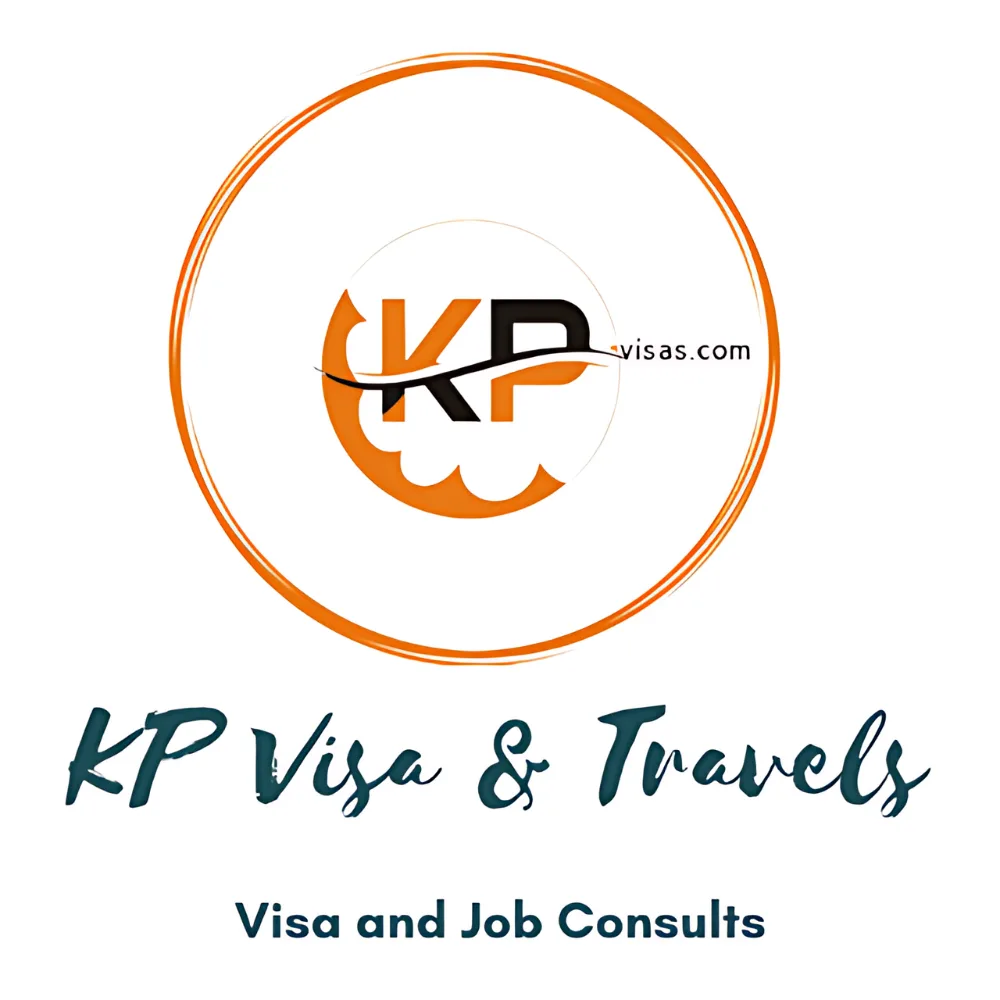
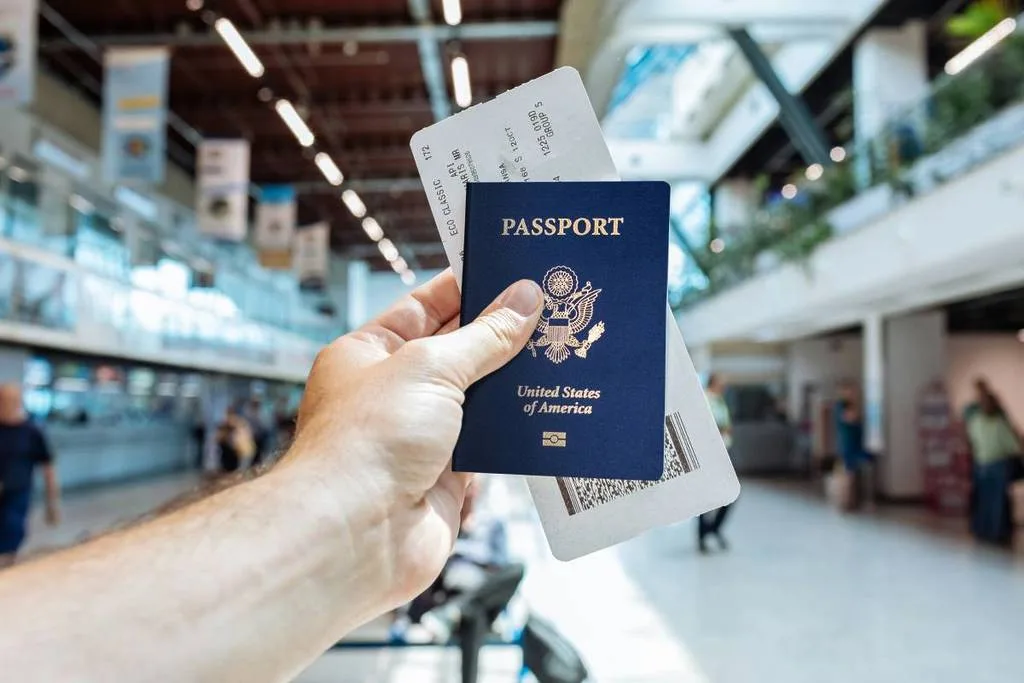

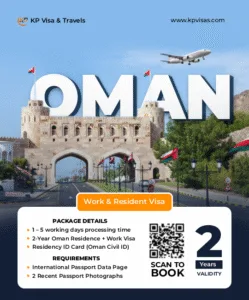
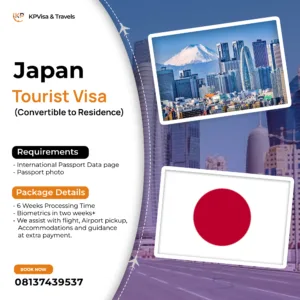
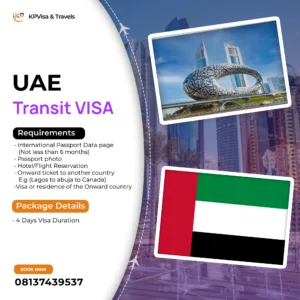
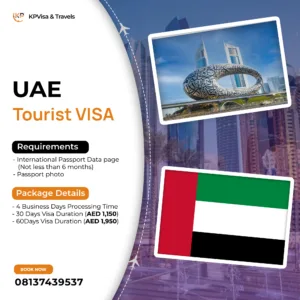
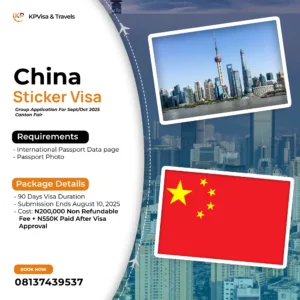
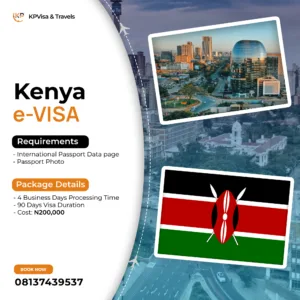
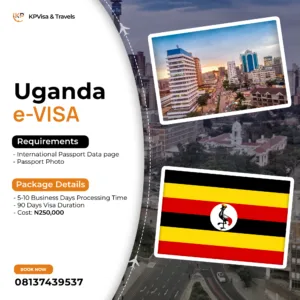
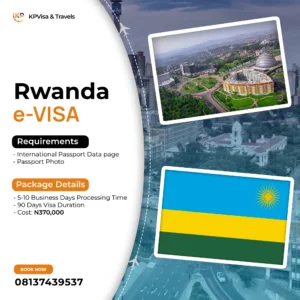
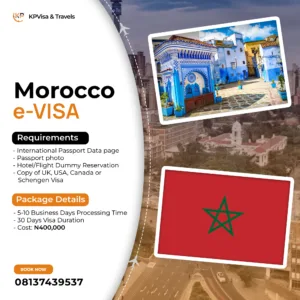
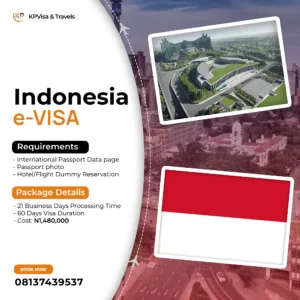
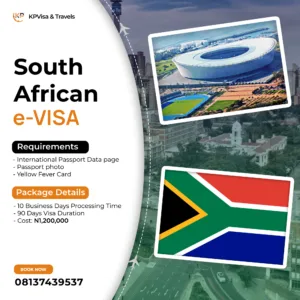
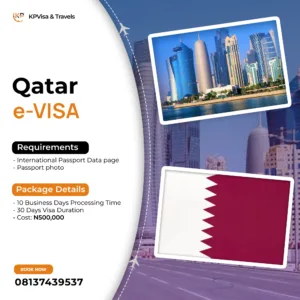
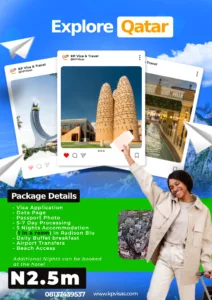
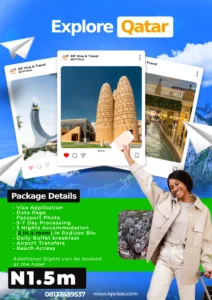





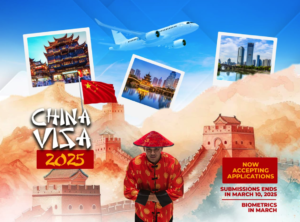

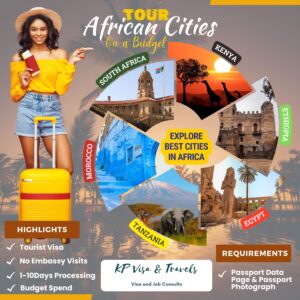








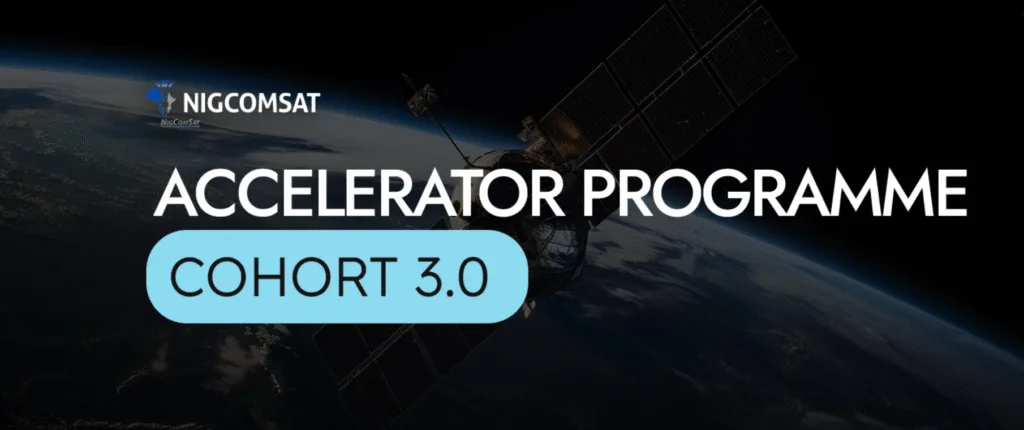



No responses yet